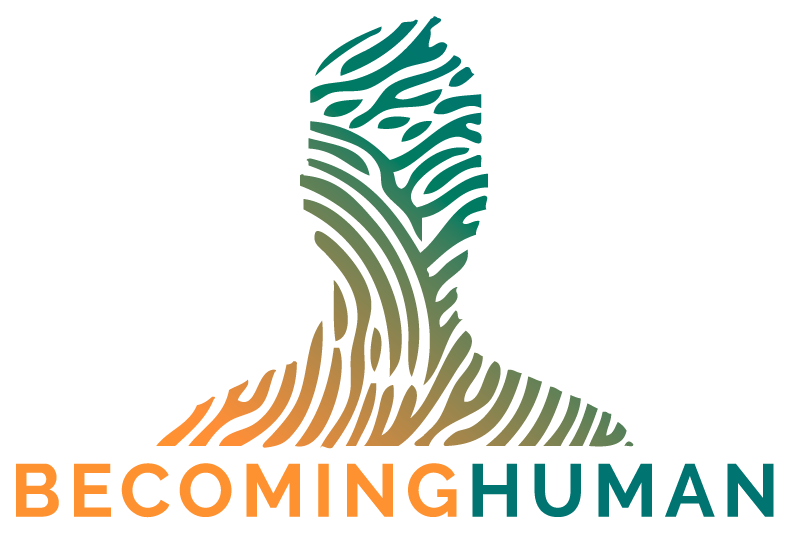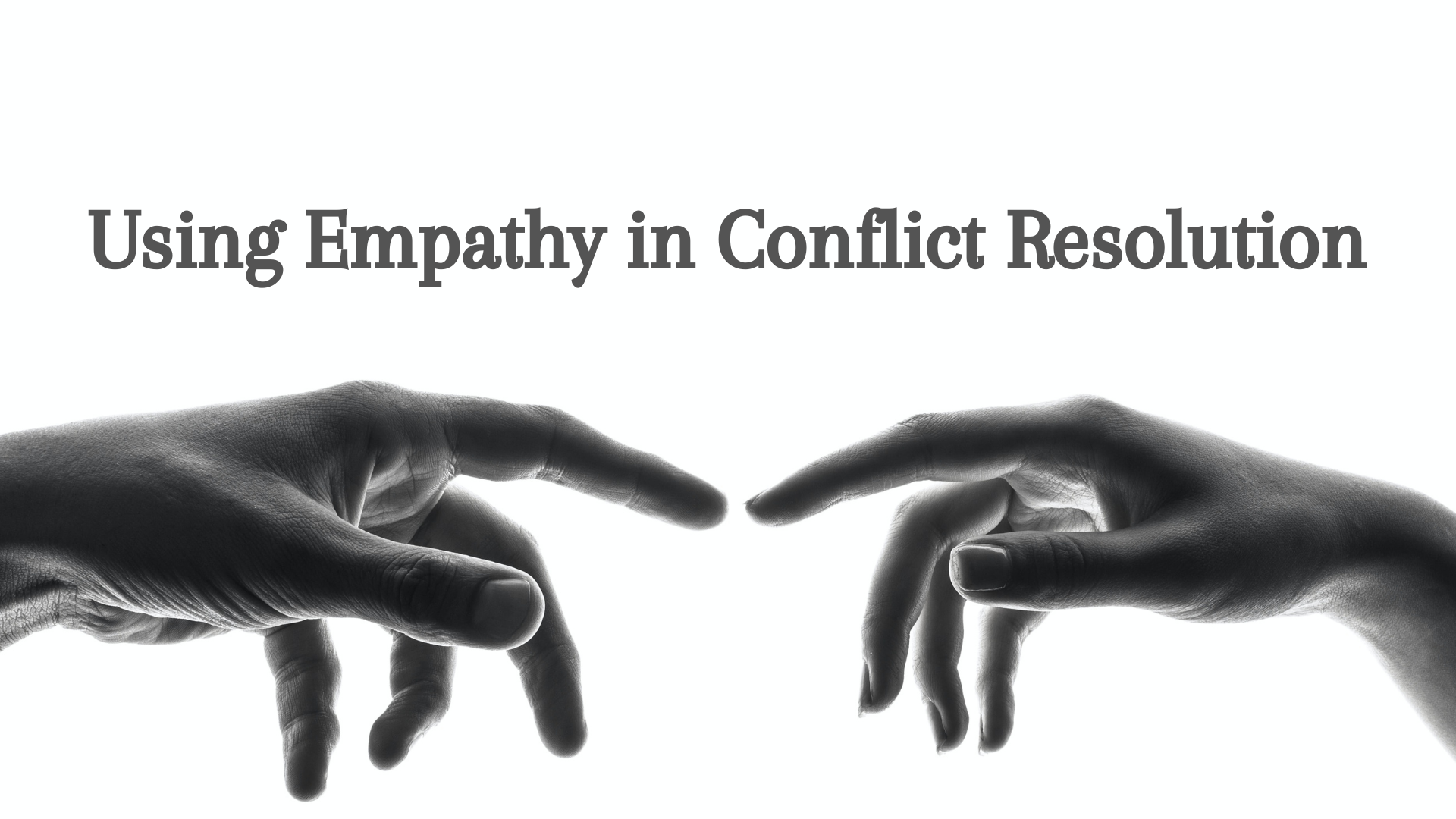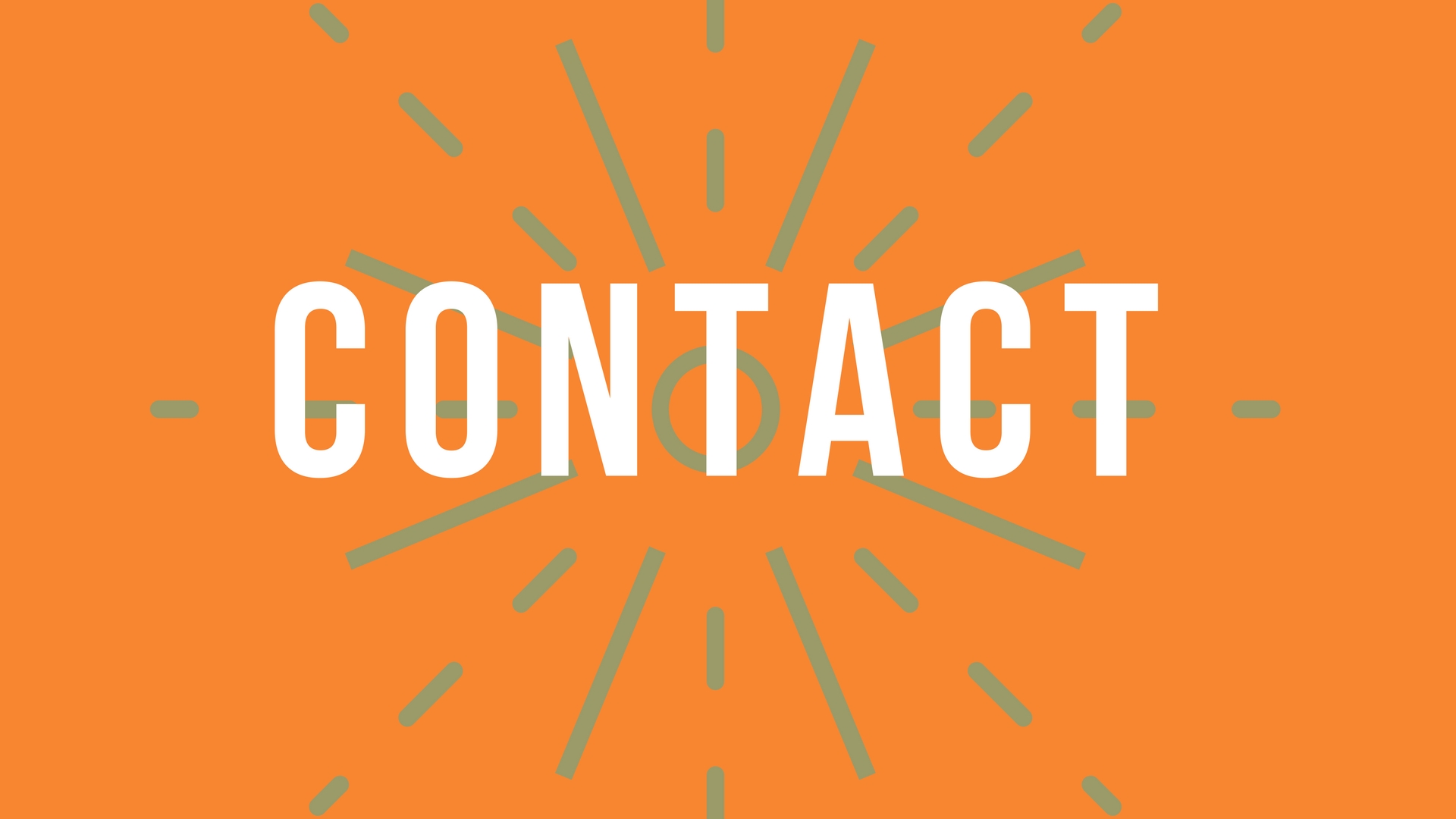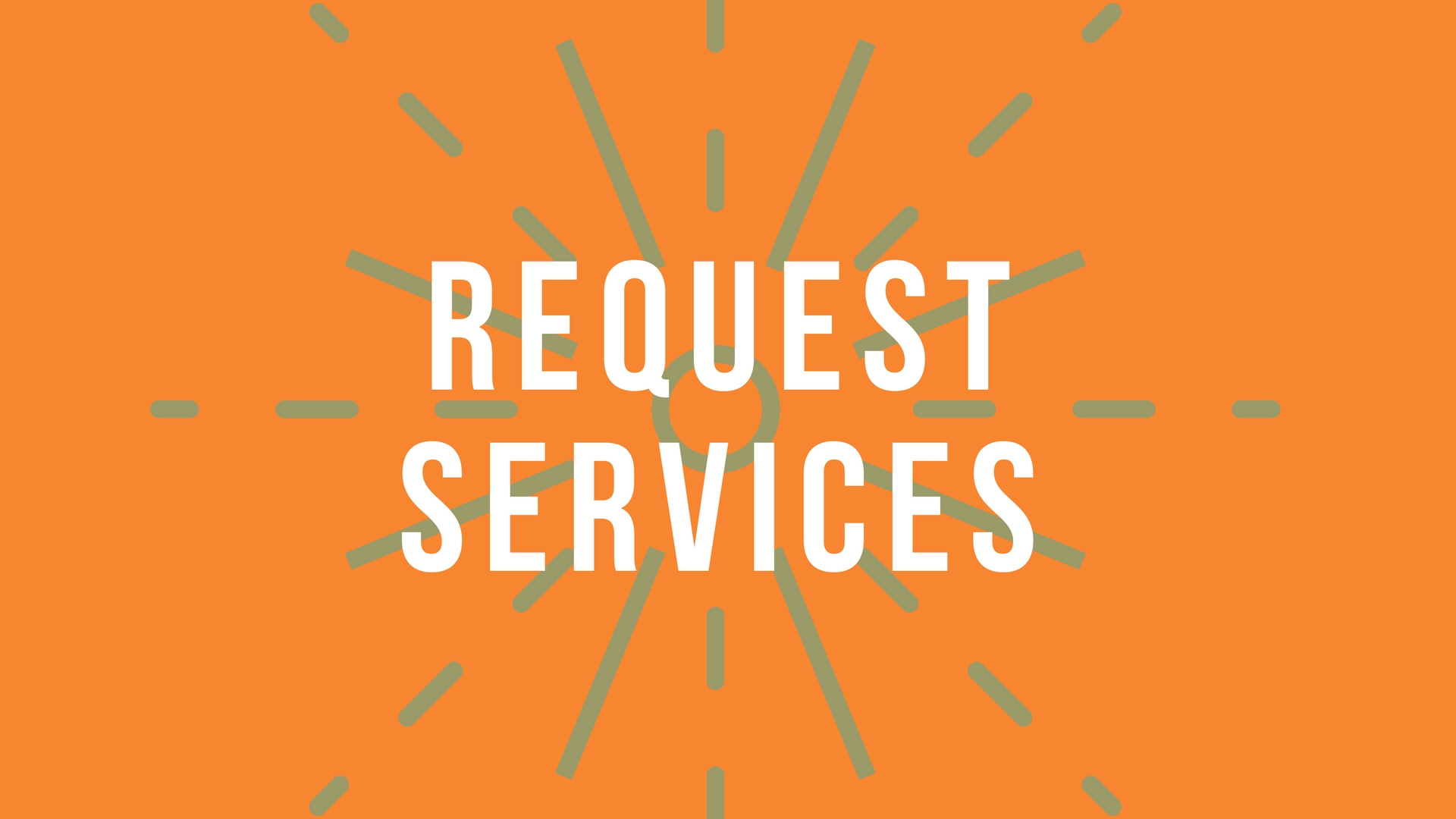A Better Way to Handle Disagreements: Mapmaking
/If you don’t know everything, you ought to give this conflict resolution technique a try.
What was the last argument you won?
If you are like me, you win all sorts of arguments all the time — in your head.
Seriously, when I am arguing with someone else but it is actually just me talking to myself, I’m so good.
In fact, I’ve only lost about six arguments that I’ve had with other people in my head.
Pretty solid record.
Really, however, there is a common progression to actual arguments where the outcomes are never quite as clear as we’d like to think. Most of the time it seems that each person in an argument tells their own tale of victory. Rarely does it appear that anyone wins. Further, it's a mythic encounter that any one side directly changes their perspective as a result of the argument.
At least for me, I’ve never once changed someone’s mind by arguing with them.
Through the conflict mediation approach called mapmaking, however, I’ve watched lots of people grow and evolve their perspectives almost every single time.
An important note — I’m always included as one of those people.
So, what is mapmaking?
A Common Approach to Differing Perspectives (Competition)
Imagine, if you will, that two people encounter one another in the woods. They’ve been navigating the terrain for some time now — one having covered most of the eastern side of the woods and the other having covered the western direction.
Though they had thought they were the only person in the woods that day, they have now unexpectedly made contact with this other traveler.
In this hypothetical illustration, let’s say the one person claims they have seen most of the woods and, therefore, can help this stranger on their journey.
Very polite of them.
In a midwestern, passive-aggressive sort of way.
Then, the other person quickly retorts that they, in fact, have actually encountered the best totality of the woods and ought to be the one explaining how to navigate the terrain.
From there, I imagine they would proceed to argue.
Each would have their own perspective of the woods and would adamantly purport that their version of the woods is the most accurate.
This is one approach to different perspectives:
Arguing about who has the best, most accurate experience and perspective of the woods.
Each traveler has a position that they defend.
In conflict mediation, this is called a competitive approach. Two perspectives that are not the same engage against one another and, in the end, someone is will win and someone will lose.
There are two main problems to this approach:
Relationally, this approach rarely leads to practical satisfaction for both parties. It is not, therefore, recommended as a beneficial approach to conflict.
Mentally, both parties are defending a perspective that is incomplete.
Neither person has every single detail of the woods captured in their singular, finite perspective.
Neither traveler is working with all the information.
If there is an objective, absolute reality of the woods, neither of them owns it.
What is the best way to navigate the woods? They can only offer what they have physically experienced and cognitively considered based on their limited, finite reality; which doesn’t cover all of reality.
The two travelers could argue.
One of them could even “win” and destroy the other’s proposed method of navigating the woods. Yet, whatever information they could have gleaned from the other is left off the table because both parties are defending, competing, and attempting to convince — meaning they aren’t going to see past their perspective.
Both will never know the best or right way to navigate the woods.
Arguments — like fights — don’t often show what is right.
The winner is often just the one with the better rhetoric. It may be that the way our culture does arguments is like trial by combat; it doesn’t actually prove anything other than who is a better fighter.
In choosing this approach to divergent perspectives, someone will win, someone will lose, and — most importantly — potential unforeseen knowledge, information, and opportunities won’t be explored because the content of the arguments will reflect the limited positions of the people arguing.
Mapmaking: The Collaborative Alternative
What ought the two travelers do when they come in contact in the woods so as to avoid the antagonism and competition of arguing?
What should their process be that will figure out what is right as opposed to who is more right than the other?
It will begin by giving up their tight grip on the positions of their finite, limited, myopic, and egocentric perspectives.
They can’t be beholden to being correct and certain.
In the illustration of the woods, the alternative approach would be for the two travelers to begin discussing where they have come from and putting their accumulated information on the table. Doing so would acknowledge the limited nature of their accrued perspective of the woods.
The ensuing discussion would explore their unique experience — how they got there, what they saw, what they didn’t see — and offer one another everything they can about the topography, the landscape, the creatures, and the details of their traveling.
The benefits of this approach:
The other is not seen as an antagonist — someone to compete with.
Each person will achieve a more objective perspective than they entered the moment with.
Collaboration is like two people getting out a piece of paper and drawing what they have seen and what they know.
They use their unique perspectives — which are subjective by default — to fill out the map.
In turn, they both leave the encounter with a more full version of the woods than either of them would’ve gotten on their own.
How Does Mapmaking Work?
The basic function of mapmaking is that:
Our goal is no longer to be right.
Our goal is to fill out as much of the map as possible.
When we recognize that our perspective is but one perspective among many, we can be honest that being right is not as important as our tribal defensiveness has made us believe.
We don’t have the whole map.
Neither do they.
Yet, a full map is only possible if we approach every person, situation, and topic as an opportunity to get closer to being right together.
Is this a difficult, complicated process? Absolutely.
Does this go against our innate need to compete? Sure.
Is this better than everyone staying where they are with incomplete maps?
I think so.
Wisdom just may be the honesty to admit what we don’t know and the confidence to keep learning instead of staying where we are. If we stick to our base, we will always lose the possibility of more wisdom. We have to move past our fear of the unknown and acknowledge that we might not be working with all the information.
This is not a condemnation.
It’s an opportunity.
So, how do we do it?
Step One — Have an Open Posture of Learning
When a situation of disagreement arises, start with:
Considering what information you don’t have or what experiences you haven’t seen.
Admitting that the other person may have information or experiences you don’t.
Just because it is different or unknown doesn’t mean you have to fight about it.
Essentially, don’t be what you hate.
When we defend, argue, and compete, we are holding to a position as if it is the only acceptable perspective; as if it is the objective truth. Our arguing, then, is asking someone else to do what we are not willing to do ourselves.
Step Two — Ask Questions
Statements are great, but if we are a bag full of answers, we are essentially setting walls around where we currently are and we probably won’t see much else.
The best way to see past yourself is to curiously inquire about what you might not see.
Questions take you where answers cannot.
Questions force you to transcend your current map and see potential uncharted territory.
Ask questions about what the other has seen and how they came to those conclusions.
Step Three — Trust, Invitation, & What to Do If They Don’t
A final important factor of mapmaking is that these interactions involve people.
Obvious, I know, but we can’t forget that we aren’t the only ones involved and, in any disagreement, the relationship will be impacted. Mapmaking is a great way to show value to the human person, not just winning and being right.
In order for this to work to its potential, you need to trust that the process will be mutual. Mapmaking is more likely if that trust is displayed and, doing so, invites the other to reciprocate your posture.
Someone has to take the first step.
Because the fear is that self-interests will prevail.
Yet, they don’t have to go along with it. In the end, you can only invite them; you can’t force them to go where they don’t want to go. Is the process still worth it?
Even if the other person doesn’t participate, you can still elicit the benefits of learning from their version of the map. You can’t make them do it, but even if they are rambunctiously arguing, you still have the opportunity to learn everything you can from their perspective and leave with a fuller map yourself.
Overview, Summary, et cetera.
Mapmaking is a solution to the inevitable conflicts of disagreement and division. If each particular person has their own unique perspective, our diversity will lead to conflict.
Mapmaking is how we take that diversity and use it to our advantage.
Diversity and difference don’t equate to negative outcomes. We just happen to choose to handle our differences negatively.
As long as neither side reflects the best, fully informed version of a human being, we would benefit by having many finite voices combine to transcend what individuals are capable of on their own.
Instead of seeing who can sing better and trying to out sing everyone, we harmonize our voices and produce a sound that neither of us could construe on our own.
Instead of competitive, defensive positions — we transcend ourselves and include what was once exterior to us.
Instead of arguing, we leave with a better map.
And — let’s be honest — we could all use better, more complete maps.
Our maps will only be better if we meet in the woods, pull out the paper, and start mapmaking, together.
May you be a mapmaker — and may you, your relationships, and our world never be the same as a result.










![Three Reasons We're Lonely - [And Three Responses For Being Less So]](https://images.squarespace-cdn.com/content/v1/5963d280893fc02db1b9a659/1651234022075-7WEKZ2LGDVCR7IM74KE2/Loneliness+3+update+%283%29.png)





























